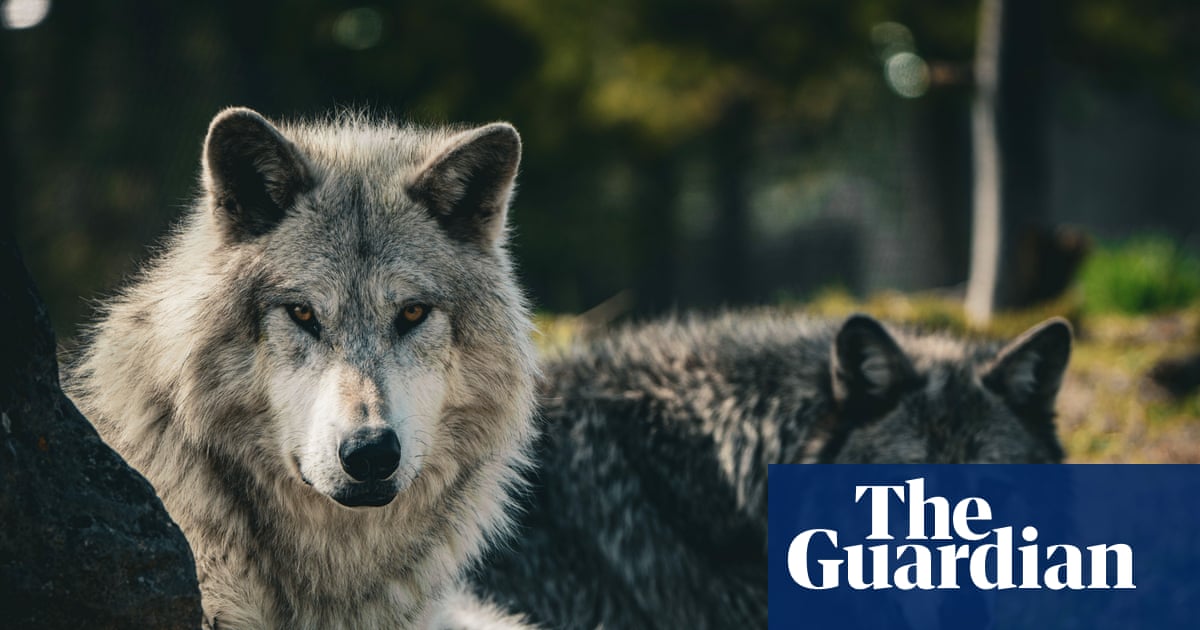
"It does have some effect on rates of livestock loss, but the effect is not particularly consistent, widespread or strong, Neil Carter, senior author of the study, told University of Michigan News. Montana and Idaho launched their first regulated wolf hunts in 2009. At the time, officials hoped that cutting wolf populations would ease conflicts with ranchers who were losing cattle and sheep to predation. The assumption was that fewer wolves would mean fewer livestock deaths."
"Researchers reviewed trends in wolf numbers, government removals, and livestock depredation between 2005 and 2021. Their analysis showed that eliminating one wolf amounted to protecting only about 7% of a single cow. Put another way, about 14 wolves would have to be killed to save one cow. Current wolf populations are estimated at about 1,100 in Montana and more than 1,200 in Idaho."
Comparison of Montana and Idaho, where public wolf hunts are permitted, with Oregon and Washington, where hunting remains illegal, shows legalized hunting has only minimal impact on preventing livestock loss. Data from 2005 to 2021 on wolf numbers, government removals, and livestock depredation indicates eliminating one wolf protects about 7% of a single cow, implying roughly 14 wolves must be killed to save one cow. State and federal wildlife agencies continue to be called to remove wolves even where public hunts occur, and hundreds of wolves have been killed while livestock losses persist.
Read at www.theguardian.com
Unable to calculate read time
Collection
[
|
...
]